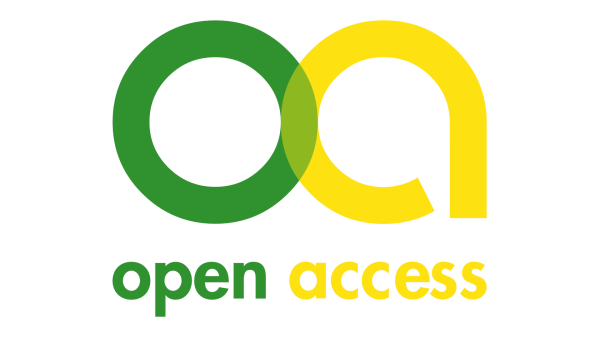What is Open Access?
History and definition
Open Access categories
Open Access at UDE
"We define open access as a comprehensive source of human knowledge and cultural heritage that has been endorsed by the scientific community."
Source: Berliner Erklärung über den offenen Zugang zu wissenschaftlichem Wissen, October 22nd 2003
The Internet has created new digital access routes to scientific publications.
This holds a lot of potential, e.g. the possibility of making scientific knowledge accessible to significantly more people than before, thereby strengthening innovative research. Quality standards, transparency and sustainability of publications must be guaranteed.
However, this potential is not exploited if access to publications is limited by payment barriers (often with high license fees).
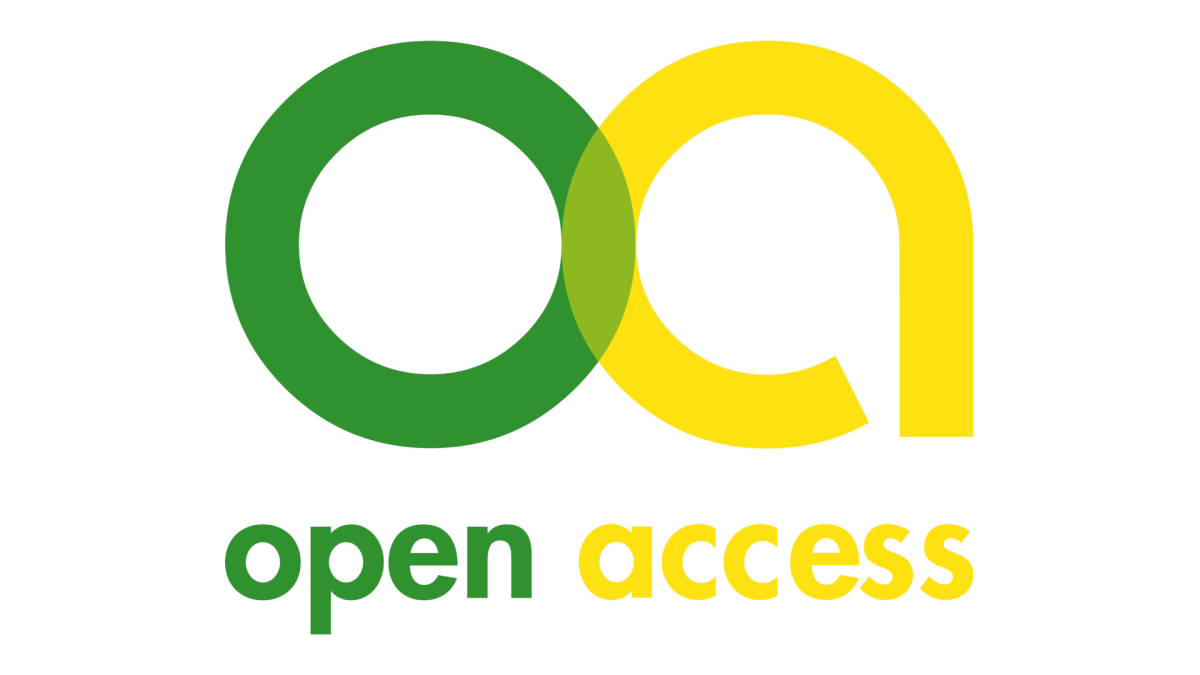
The Open Access movement
In order to achieve the goal of creating free and permanent online access to publications and scientific raw and primary data, the so-called Open Access movement was created.
Guidelines were laid down in the "Berlin Declaration on Open Access to Scientific Knowledge" of October 22nd, 2003.
The German Research Foundation (DFG) is one of the first signatories to the "Berlin Declaration". The University of Duisburg-Essen signed the Berlin Declaration on October 28, 2014.

DFG guidelines
In January 2006, the DFG's main committee adopted its guidelines for open access publishing. Accordingly, project participants of the DFG should (if possible) make their research results available digitally and free of charge to users on the Internet. For this purpose, publication in suitable open access journals or the subsequent provision of already published articles via open access repositories is recommended.
The DFG recently signed the "Expression of Interest in the Large-scale Implementation of Open Access to Scholarly Journals" of the OA2020 initiative in spring 2016.
(Source: DFG FAQs Open Access)
As part of the international OA2020 initiative, a growing number of research organizations are striving to transform the magazine market, in which the majority of the scientific journals available today by subscription are to be converted to publishing with Open Access. Together, the academic organizations want to "advance the comprehensive introduction of open, online-based access to scientific research articles and their largely unrestricted use and reuse".
(Source: New initiative to boost Open Access)
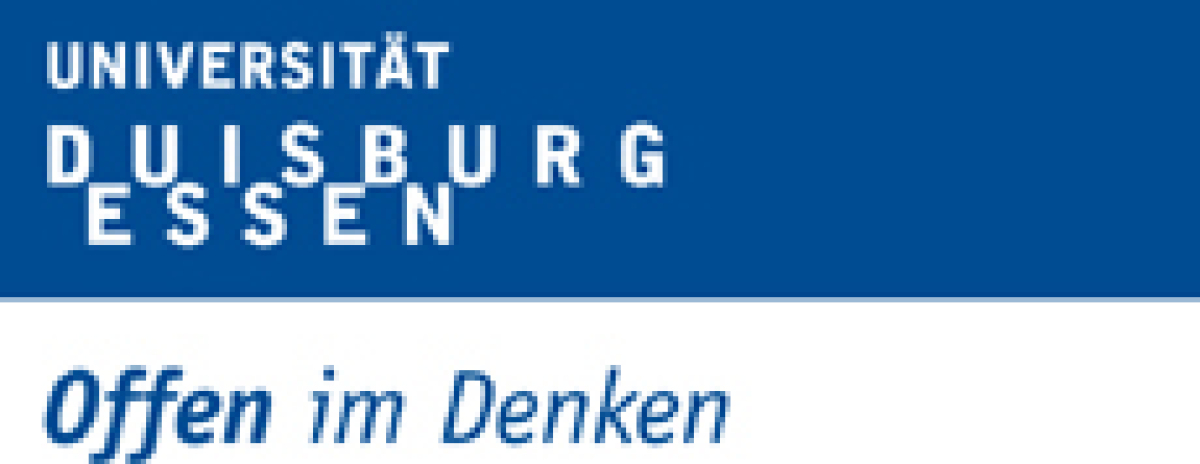
UDE initiative
Initiated by the DFG funding program "Open Access Publishing", the UDE began supporting its scientists in 2010 with the publication of articles in Open Access. The funding planned as start-up financing to create reliable structures for financing publication costs ended in 2014. It was then decided to set up its own open access fund. This is financed in equal parts from UDE and UL funds and is based on the DFG funding criteria.
After the focus has been on the area of open access journals for a long time, ways of promoting open access monographs and compilations are now being tested. With the BMBF project OGeSoMo (2018 - 2019), the UL was able to successfully fund monographs in the humanities and social sciences.
Open Access categories

Not all Open Access is the same.
People often talk about Green or Golden Open Access, but other category names are also increasingly used.
The following explanation shows how the terms are used in the University Bibliography (the central publication directory of the UDE) and DuEPublico (the institutional full-text repository of the UDE) and what exactly they mean.
Open Access (OA):
The term itself can also already be interpreted in different ways. In the literal sense, "Open Access" means first of all "free access", in our context to publications.
This understanding of Open Access does not necessarily imply that the publications may also be passed on or modified.
DuEPublico, for example, is an Open Access repository where it is also possible to publish publications in this sense (e.g. as "All rights reserved").
Another definition of OA is provided by the Berlin Declaration, see the following section.
Open Access in the meaning of the Berlin Declaration:
A broad scientific community has agreed in principle on an understanding of OA in accordance with the "Berlin Declaration on Open Access to Knowledge in the Sciences and Humanities".
In this sense, authors allow users to "copy, use, distribute, transmit and publicly display OA publications, and to make and distribute adaptations thereof, provided that the authorship is correctly acknowledged". The Berlin Declaration thus goes a clear step beyond mere free availability in the literal sense mentioned above.
The UDE signed the Berlin Declaration in 2014. The possibility of granting certain Creative Commons licences (CC BY and CC BY-SA) in DuEPublico reflects this understanding of Open Access.
We distinguish the following OA categories:
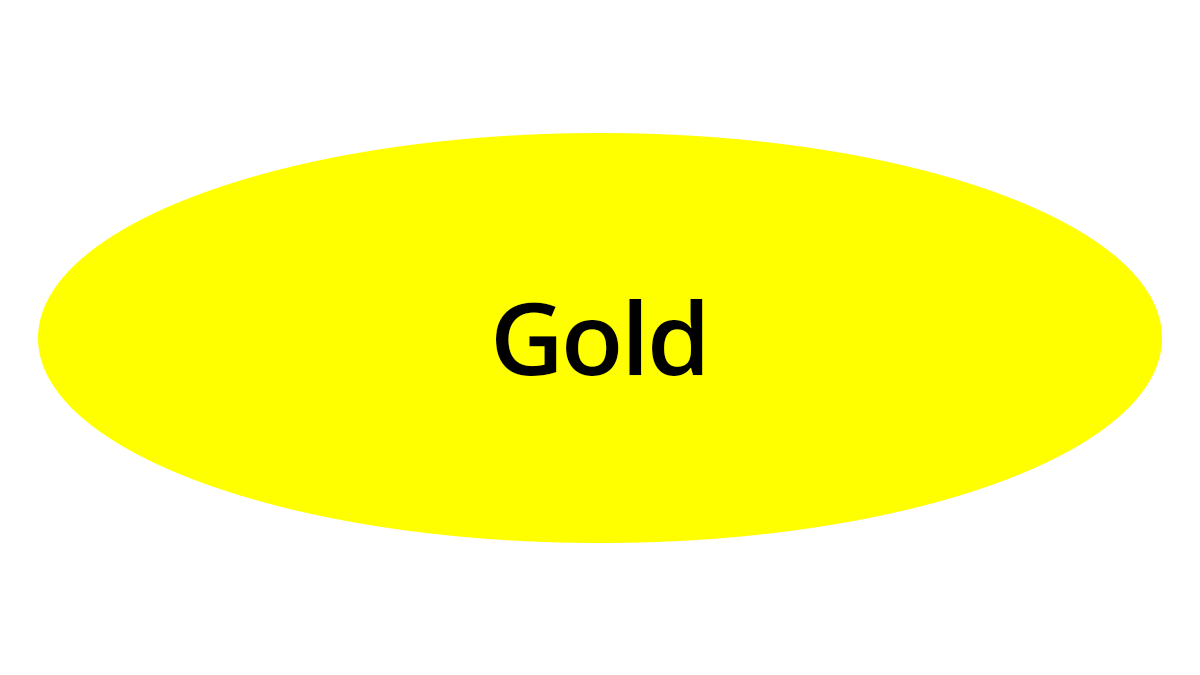
Publications in Open Access Gold appear directly in the public domain, usually under an open content licence, for example a Creative Commons licence:
- As an article in a journal that publishes OA articles exclusively.
- As a collective work or as part of a collective work that is fully accessible in OA
- As an OA monograph
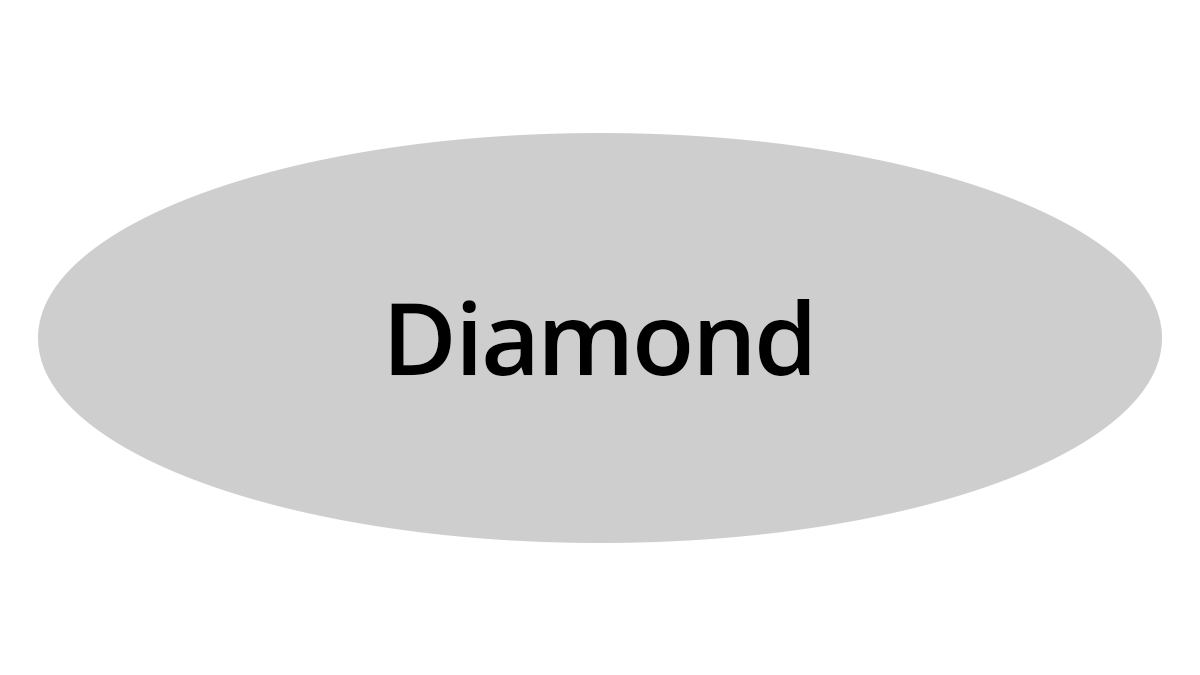
Open Access Diamond refers to a "sub-category" of OA Gold.
While OA Gold publications are subject to publication fees, so-called APC (Article Processing Charges), OA Diamond publications are free of charge for authors.
Open Access Diamond is sometimes called Open Access Platinum.
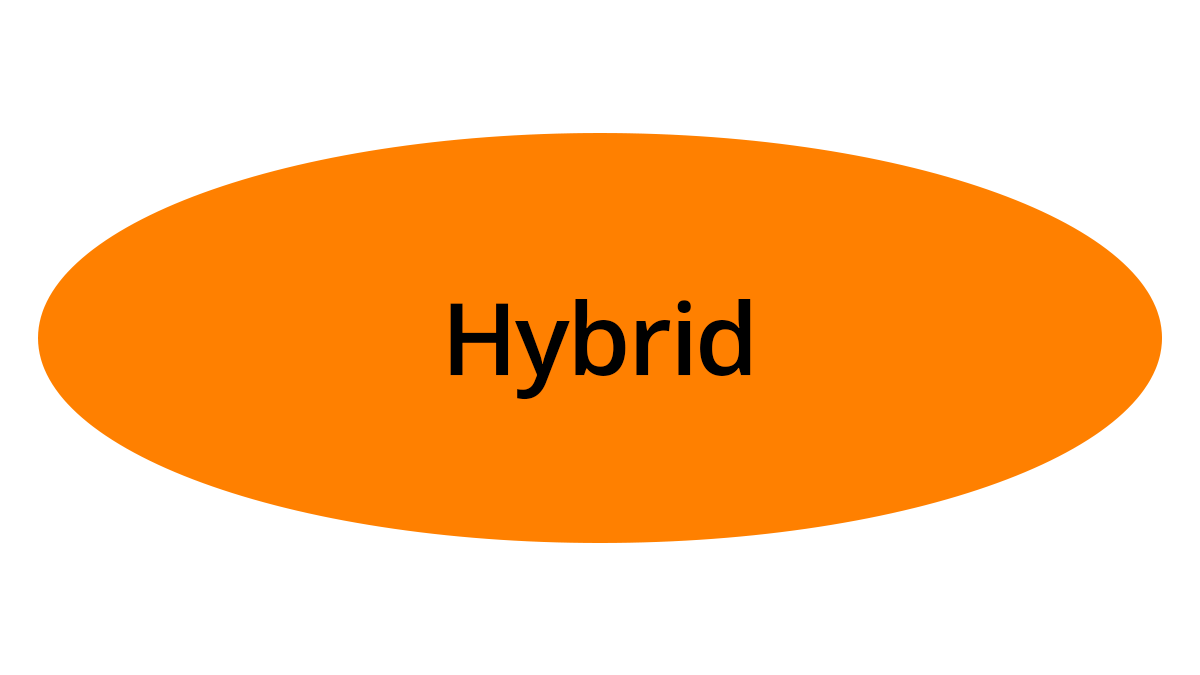
Open Access Hybrid refers to articles that appear OA in a journal or collective work in which not all articles are published OA as a matter of principle. The term "OA Hybrid" for the articles is derived from the fact that different access options can exist in the journal for different articles: "Closed Access" and "Open Access".
Note: The term "hybrid" is also used in the context of publications with another meaning: the parallel publication of books in printed and digital form. However, parallel publication is not relevant for classification in OA categories.
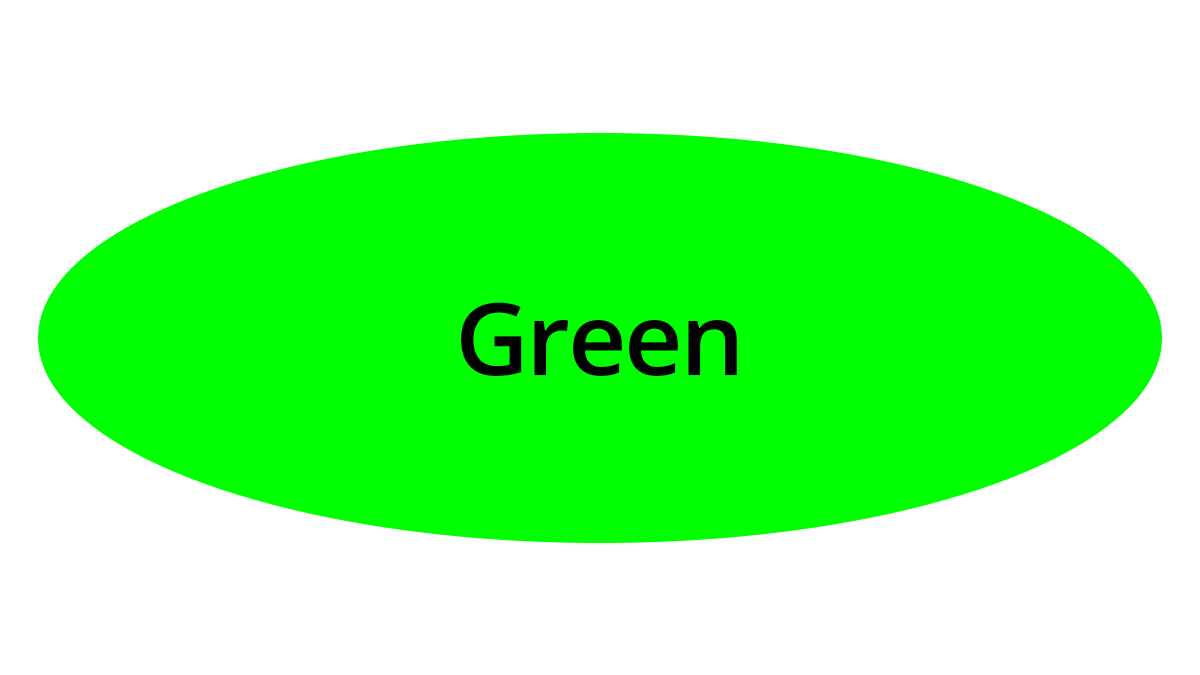
Open Access Green refers to the OA secondary publication of a publication on a repository/document server or website that was not published OA as a first publication.
As a special feature compared to publications in other categories, OA green publications can also be in a form other than the original (for example, publication as a pre- or postprint or Authors Accepted Manuscript (AAM)).
At UDE, DuEPublico as an institutional repository offers the possibility of publishing as OA Green.
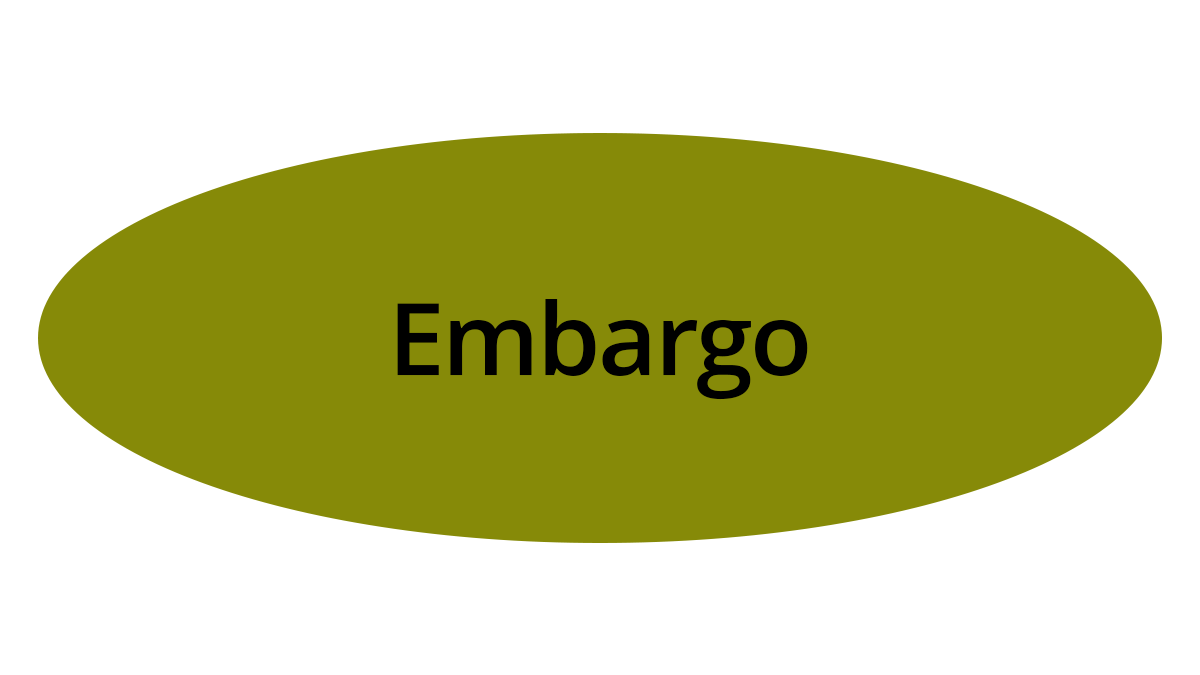
Open Access Embargo includes publications that were previously only accessible for a fee. These are made freely available by publishers after a certain period of time.
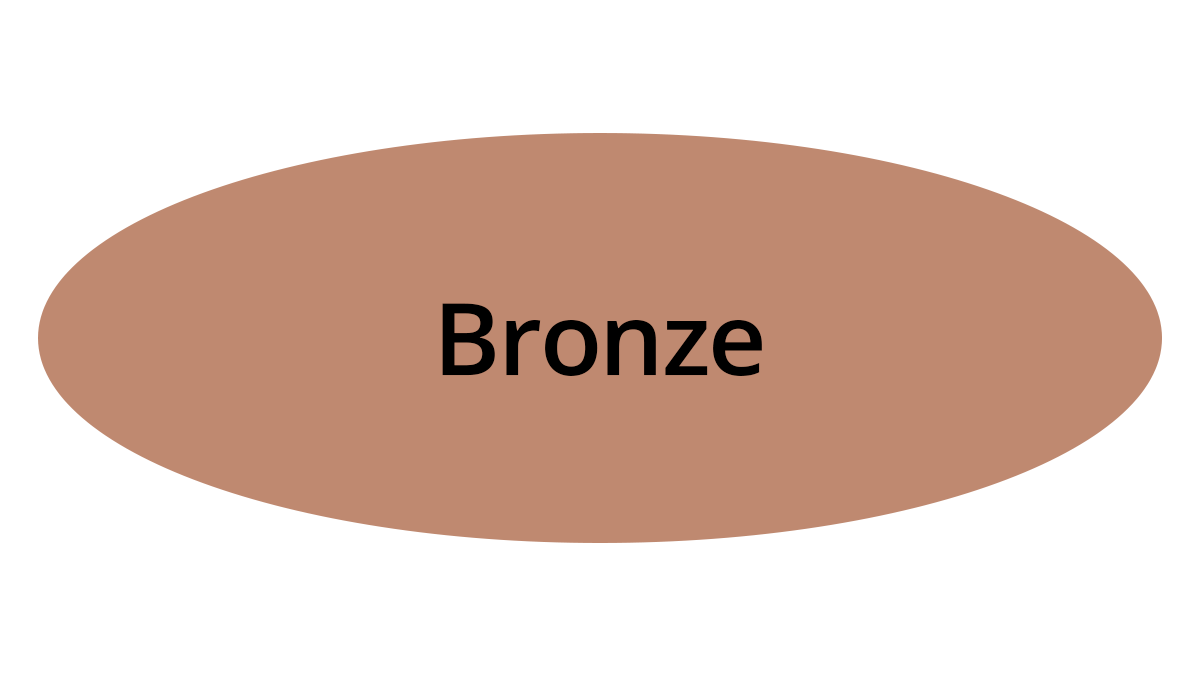
Open access bronze refers to individual articles that are freely accessible within fee-based publications but do not have an open content licence. This is the decision of the individual publisher and permanent and reliable free access is not guaranteed. In this respect, these publications do not meet the generally applicable requirements for Open Access publications.
Please note:
All contents on these pages are for information purposes only and are not legally binding.


